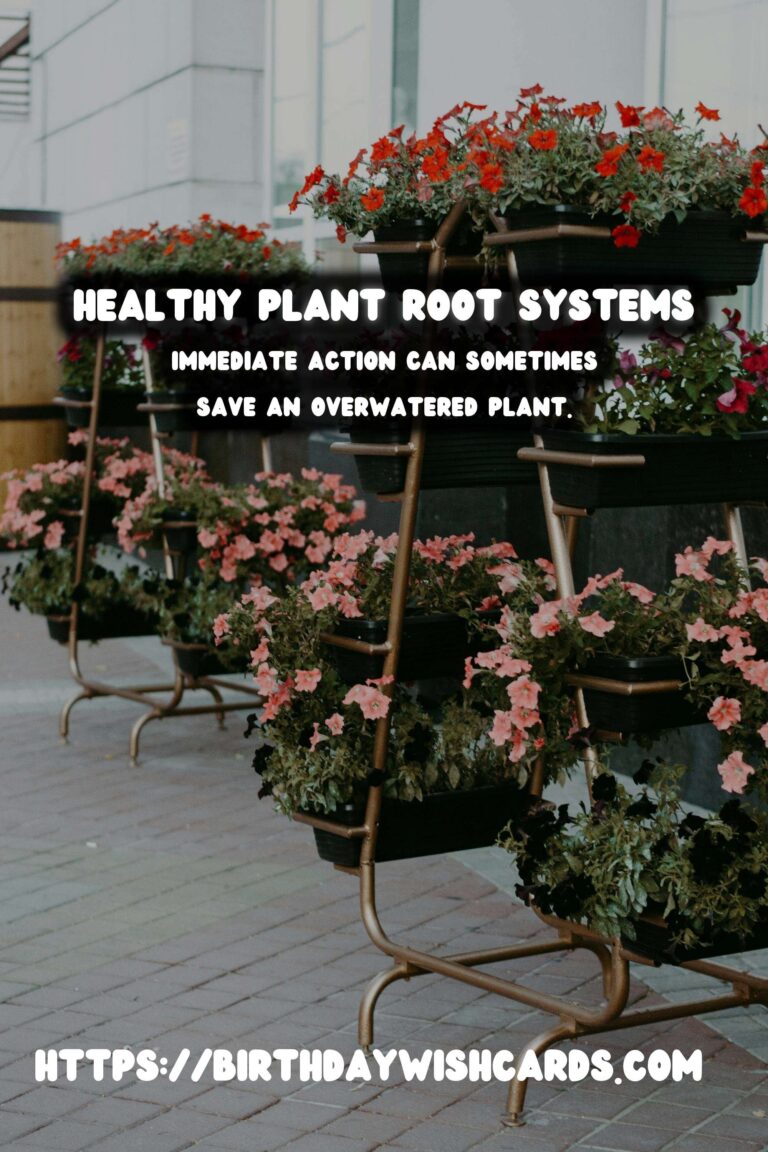
The Importance of Plant Root Systems
Plant root systems are crucial for the overall health and growth of plants. They anchor plants to the soil, absorb water and nutrients, and store food. Understanding the intricacies of root systems can help gardeners and horticulturists provide the best care for their plants.
Roots come in various forms, including taproots, fibrous roots, and adventitious roots, each serving a unique purpose in a plant’s growth and survival. Taproots, such as those found in carrots and dandelions, grow deep into the soil to access water from deeper layers. Fibrous roots, like those of grasses, form a dense network that holds soil together and prevents erosion.
Signs of Overwatering
Overwatering is a common mistake that can severely damage plant root systems. Recognizing the signs of overwatering is essential to prevent irreversible harm. Some symptoms include yellowing leaves, wilting despite wet soil, and the presence of mold or fungus on the soil surface.
Overwatered plants often struggle to absorb oxygen, leading to root rot—a condition where roots decay due to prolonged exposure to waterlogged soil. This can ultimately result in plant death if not addressed promptly.
Preventing Overwatering Damage
To prevent overwatering, gardeners should first understand the specific water needs of their plants. Different species require varying levels of moisture, and factors such as soil type, climate, and pot size can influence watering frequency.
One effective strategy is to employ well-draining soil and pots with drainage holes, allowing excess water to escape. Additionally, using a moisture meter can help determine the moisture level in the soil, ensuring that plants receive the right amount of water.
Implementing a regular watering schedule based on the plant species and environmental conditions also helps prevent overwatering. Checking the top few inches of soil for dryness before watering is a good practice to adopt.
Reviving Overwatered Plants
If a plant has been overwatered, immediate action can sometimes save it. Removing the plant from its pot and allowing the roots to dry out is a critical first step. Trimming away any rotten roots and repotting the plant in fresh, dry soil can also aid in its recovery.
Adjusting watering habits and monitoring the plant’s recovery closely will increase the chances of survival. It’s important to be patient, as recovering from overwatering can take time.
Conclusion
Understanding plant root systems and their water requirements is essential for maintaining healthy plants. By recognizing the signs of overwatering and taking preventative measures, gardeners can avoid damage to their plants’ roots and ensure lush, thriving gardens.
Plant root systems are crucial for the overall health and growth of plants. Overwatering is a common mistake that can severely damage plant root systems. Recognizing the signs of overwatering is essential to prevent irreversible harm. Employing well-draining soil and pots with drainage holes helps prevent overwatering. Immediate action can sometimes save an overwatered plant. 
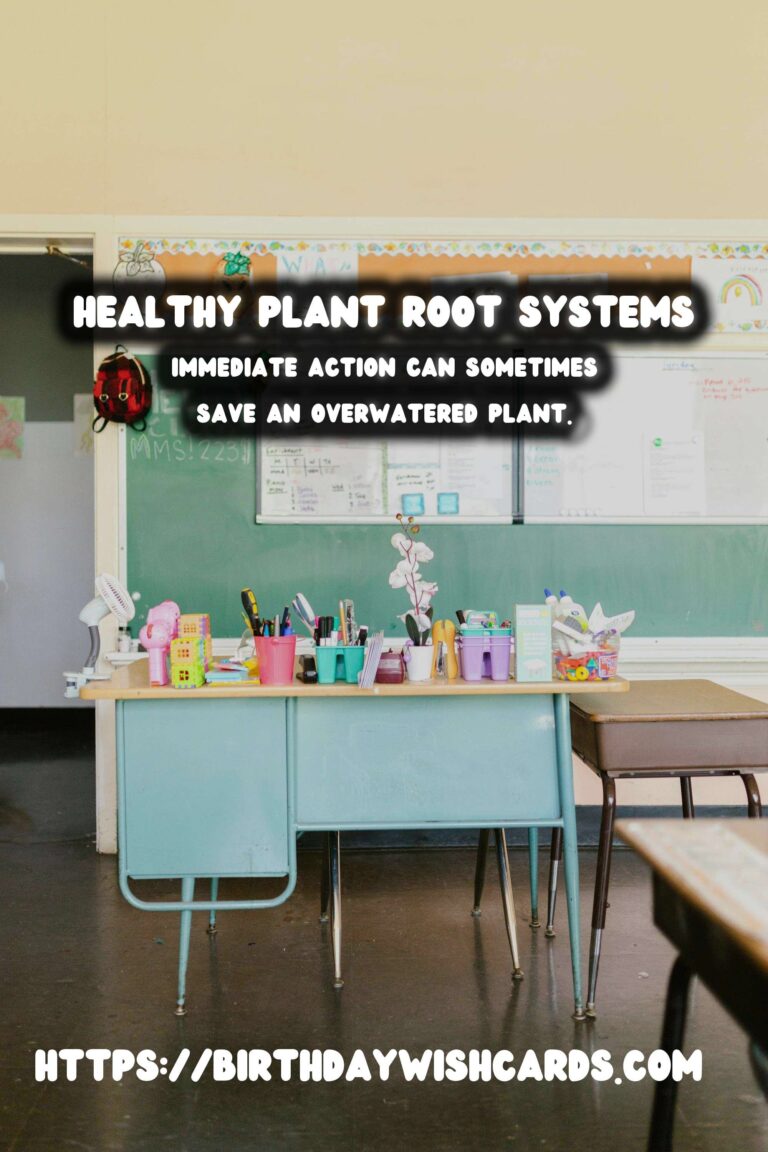
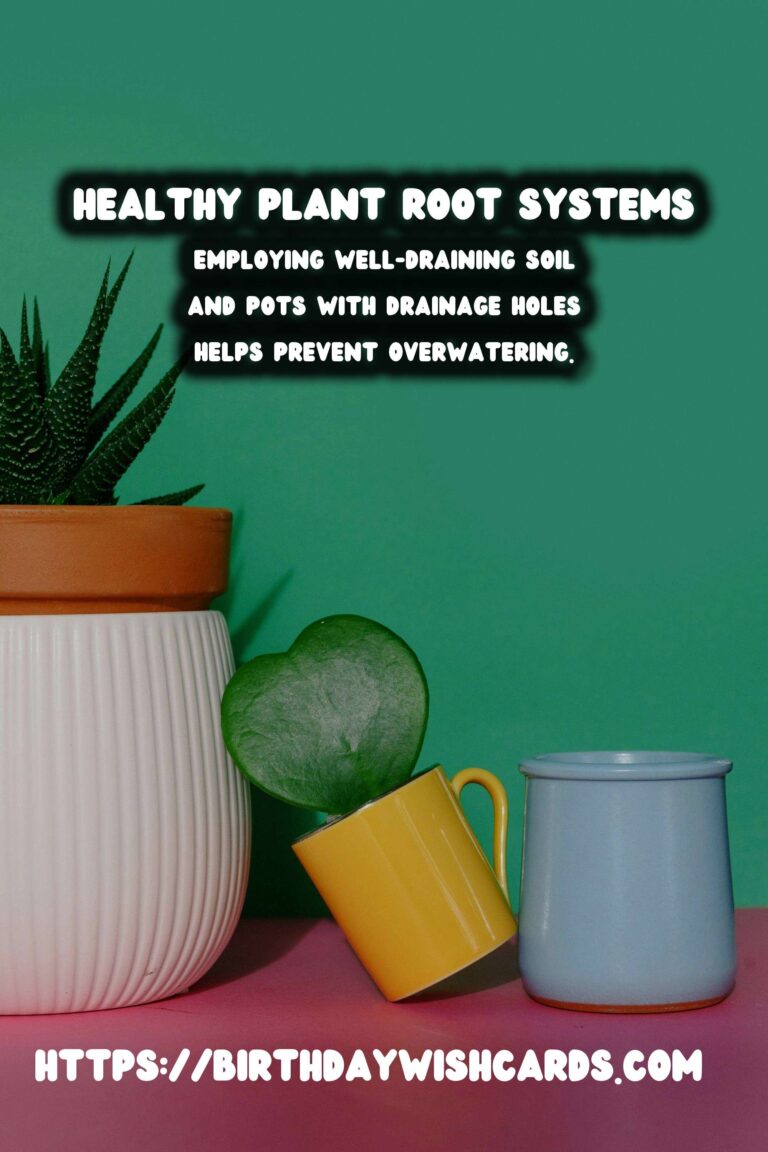
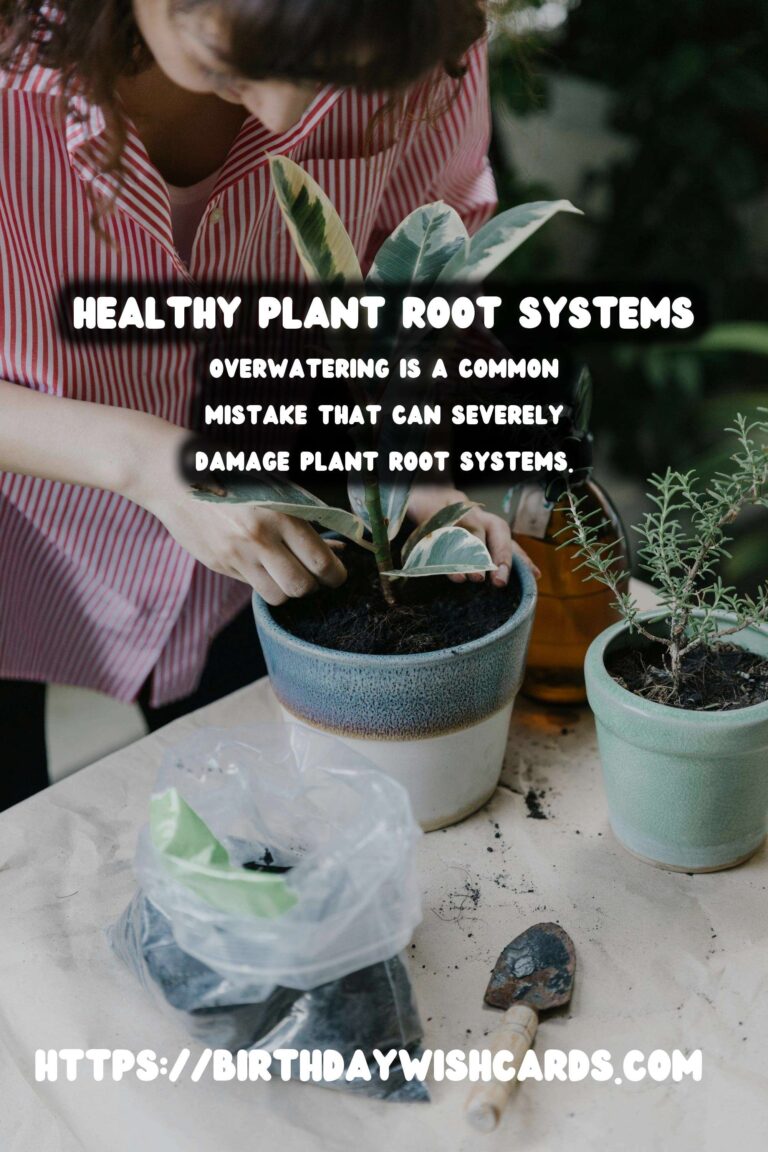

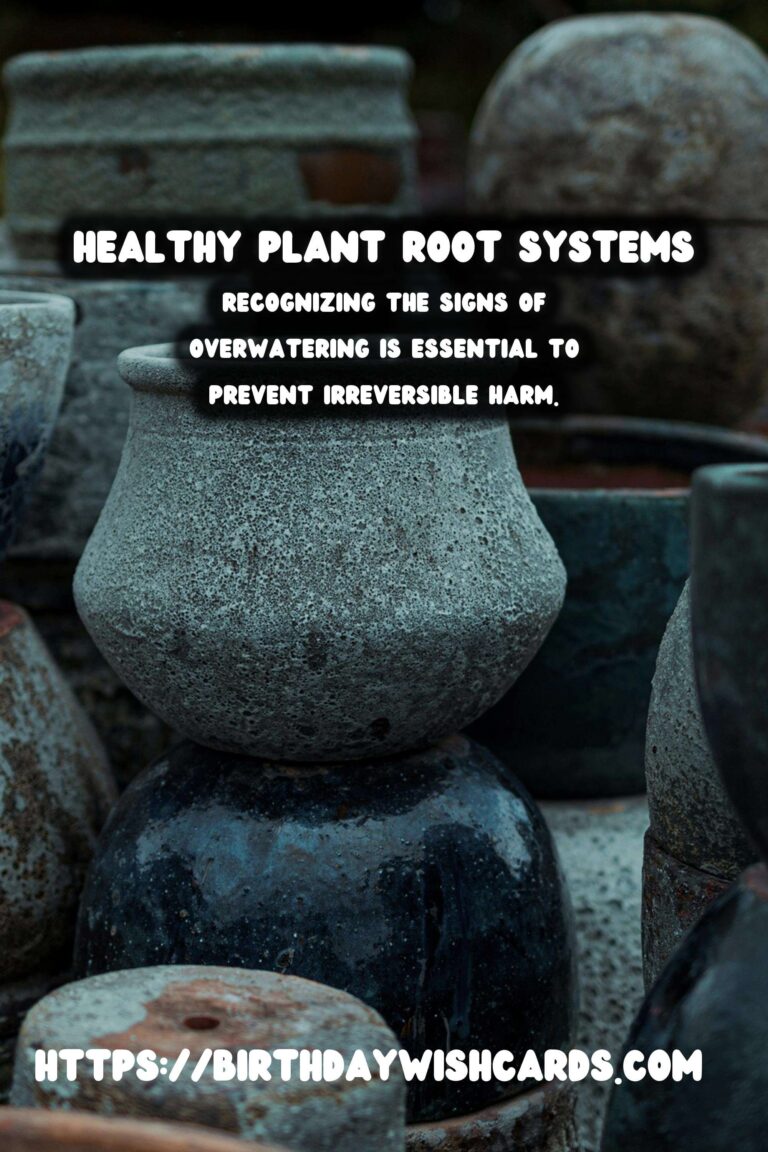
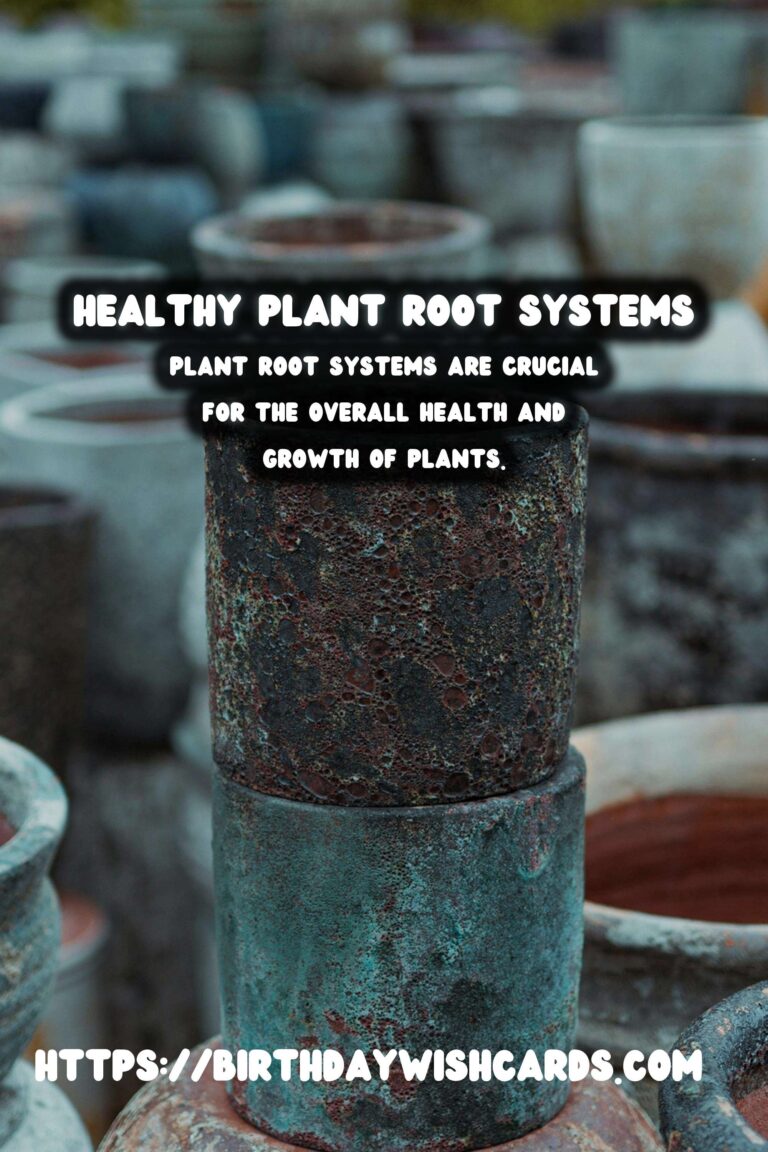
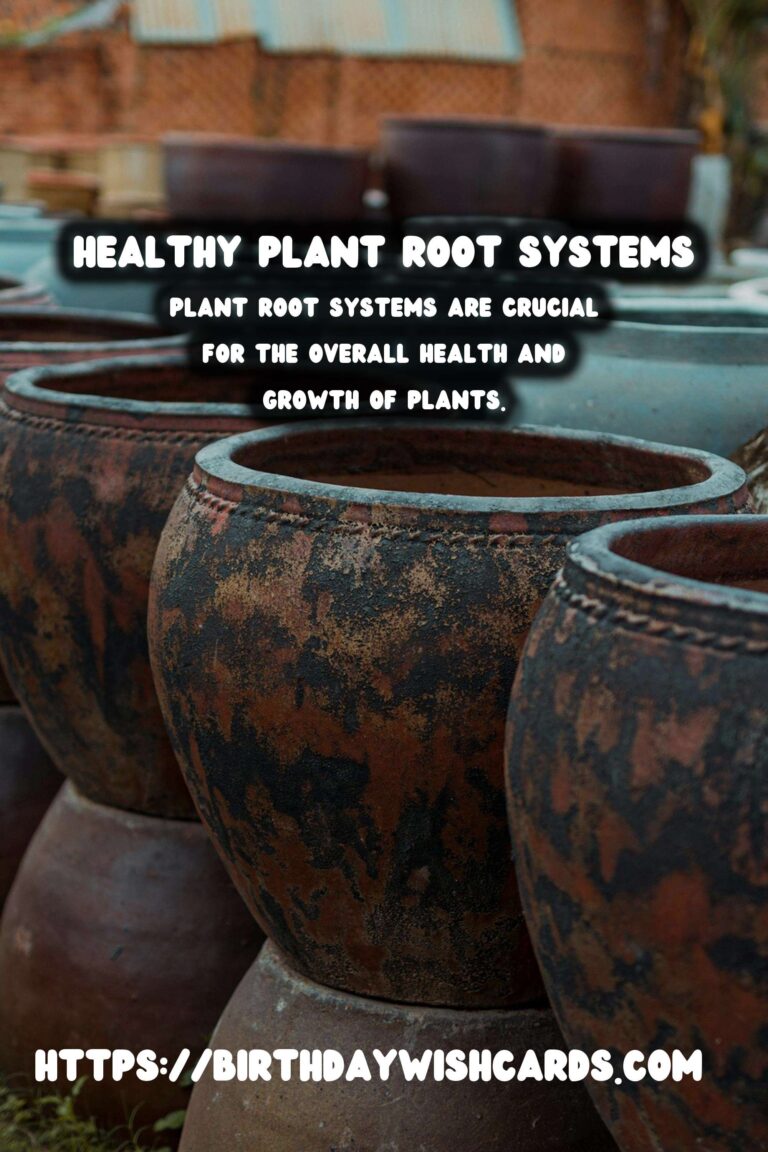
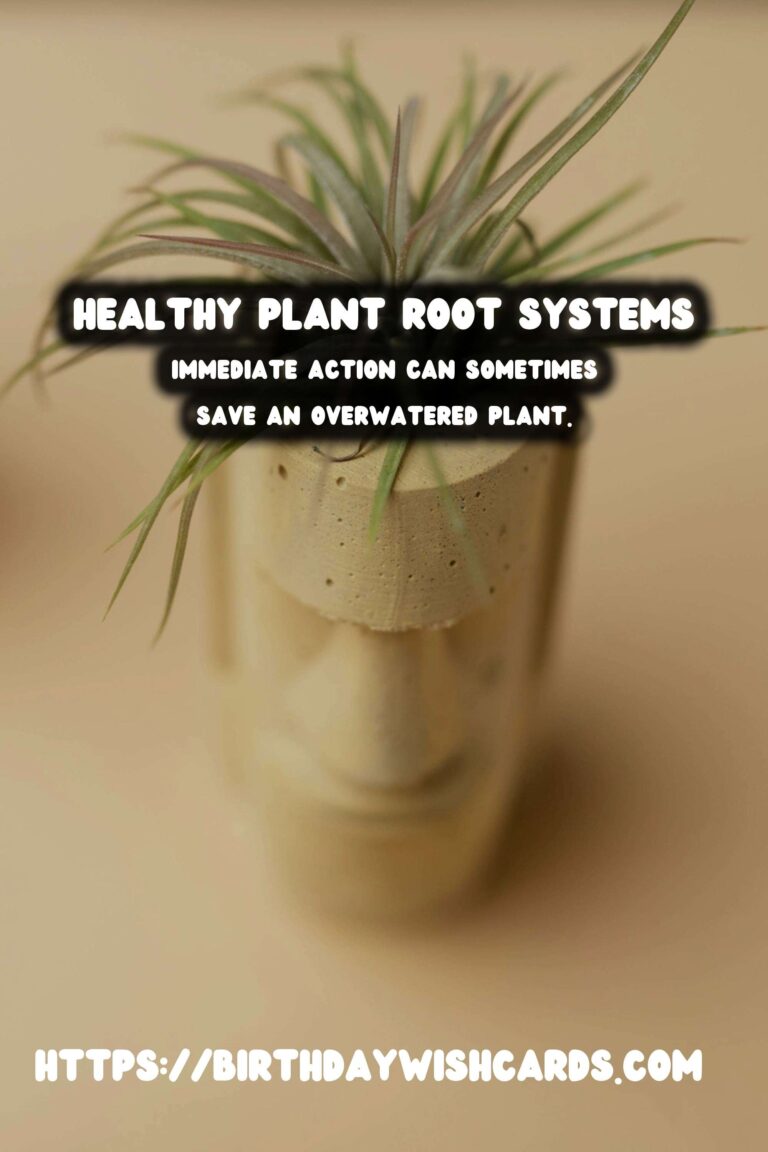
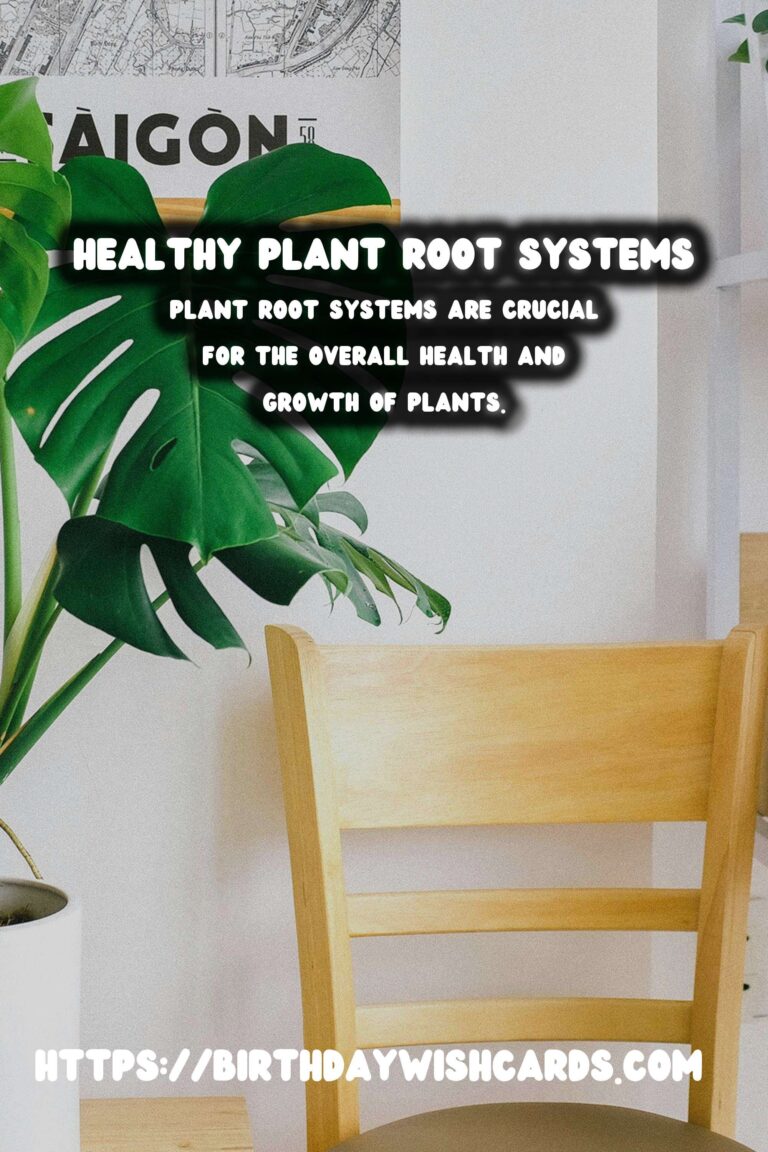
#PlantCare #GardeningTips #Overwatering #RootSystems #PlantHealth




